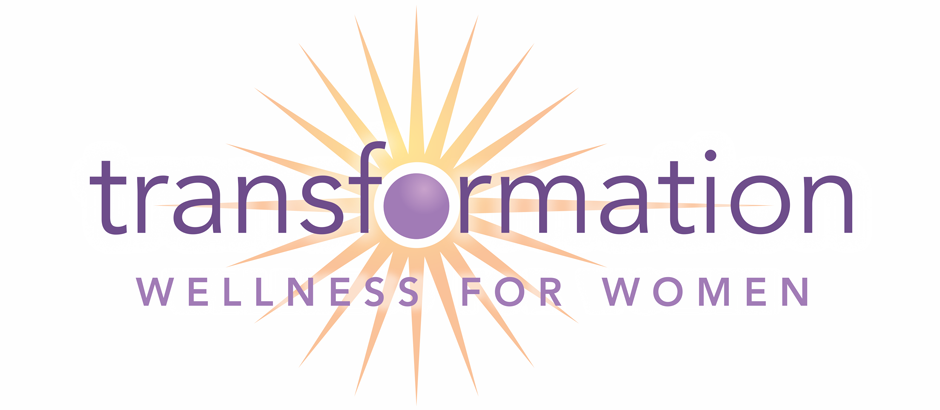The New Rules of Eating in 2015
Earlier this year, the Scientific Report of the 2015 Dietary Guidelines Advisory Committee revealed their latest report and if you haven’t had a chance to take a look at it, I’ve done the work for you. It’s an extensive report, and I’ve pulled out what’s most relevant to you. At the end, I offer five approaches for you to examine your own diet. My hope is that you feel empowered and in control of your nutrition from this day forward.
Let’s get right into it. First a little background information:
“The 2015 DGAC’s work was guided by two fundamental realities. First, about half of all American adults—117 million individuals—have one or more preventable, chronic diseases, and about two-thirds of U.S. adults—nearly 155 million individuals—are overweight or obese. These conditions have been highly prevalent for more than two decades. Poor dietary patterns, overconsumption of calories, and physical inactivity directly contribute to these disorders.
Second, individual nutrition and physical activity behaviors and other health-related lifestyle behaviors are strongly influenced by personal, social, organizational, and environmental contexts and systems. Positive changes in individual diet and physical activity behaviors, and in the environmental contexts and systems that affect them, could substantially improve health outcomes.”
So, what do they suggest that we eat?
Here is the summary of the summary (in the “Dietary Patterns, Foods and Nutrients, and Health Outcomes” section):
“The overall body of evidence examined by the 2015 DGAC identifies that a healthy dietary pattern is higher in vegetables, fruits, whole grains, low- or non-fat dairy, seafood, legumes, and nuts; moderate in alcohol (among adults); lower in red and processed meat and low in sugar-sweetened foods and drinks and refined grains.
In more detail:
- Vegetables and fruit are the only characteristics of the diet that were consistently identified in every conclusion statement across the health outcomes.
- Whole grains were identified slightly less consistently compared to vegetables and fruits, but were identified in every conclusion with moderate to strong evidence. For studies with limited evidence, grains were not as consistently defined and/or they were not identified as a key characteristic.
- Low- or non-fat dairy, seafood, legumes, nuts, and alcohol were identified as beneficial characteristics of the diet for some, but not all, outcomes.
- For conclusions with moderate to strong evidence, higher intake of red and processed meats was identified as detrimental compared to lower intake.
- Higher consumption of sugar-sweetened foods and beverages as well as refined grains was identified as detrimental in almost all conclusion statements with moderate to strong evidence.”
So, what do you do when you hear these new dietary guidelines? Here are my suggestions:
1) Your first instinct may be to examine what you’re doing wrong. Instead, I suggest thinking about what you might be doing right. It’s easier to build on what’s going right than to try to fix what’s going wrong.
2) Keep in mind that there’s no cookie-cutter formula that works for everyone. Listen to your body. It never lies to you. When does your body feel its best? What are you eating? When does it feel its worst? What did you eat?
3) For most people, it’s easier to add than to remove. When examining your current diet based on these recent findings and suggestions, I recommend starting by adding something good (maybe more vegetables), rather than trying to remove, let’s say red meat (which may be much harder). When do you start removing, focus on replacing, rather than completely removing. In other words, “replace” your soda at lunch with a healthier alternative.
4) I encourage you to throw perfection out of the window. No one eats perfect all of the time. Enjoy your favorite “unhealthy” foods occasionally and understand that “treating yourself” is healthy once in awhile (mostly emotionally). If you indulge once in awhile, take your time and savor it. Then, have a plan to get back on track immediately.
5) Above all else remember that food can give you life, health and vitality, or it can give you sickness. Ask yourself before you eat anything, “Will this give me health and vitality? Or will this give me sickness?” Choose health and vitality. It’s always worth it.
When it doubt, remember Michael Pollan’s simple rule of thumb: “Eat real food. Not too much. Mostly plants.”
Bottom line: Just do your best. What else can you ask of yourself?
Wishing you joyful health in your 50’s,
Kim
Source: www.health.gov/dietaryguidelines/2015-scientific-report/02-executive-summary.asp




Right on, especially with #2!!! “2) Keep in mind that there’s no cookie-cutter formula that works for everyone. Listen to your body. It never lies to you. When does your body feel its best? What are you eating? When does it feel its worst? What did you eat?” When I turned 50 and started listening to my body everything changed for the better. I no longer listen to the ‘experts’ who know nothing about me or my body. I know the foods my body needs and can process into good health.
That’s great, Heidi! Lots of women think the answer is to look “out”, when most of the time, it’s just about looking “in” and listening to their bodies. Like I said, it doesn’t lie to you. I’m glad to hear you started doing this 🙂